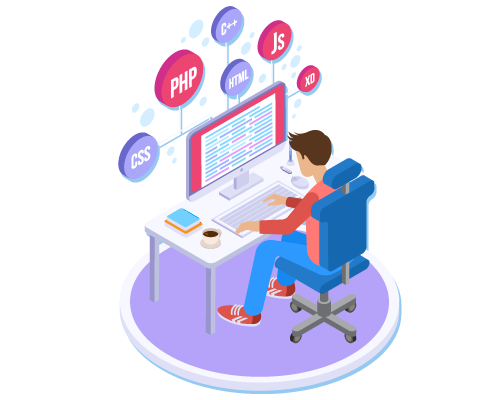Developer's Corner
The Evolution of Development Tools in DevOps: From 1990’s to 2024
1990s: The Foundation of Modern Software Development
Development tools were primarily focused on standalone programming environments, such as integrated development environments (IDEs) like Microsoft Visual Studio and Borland Delphi.
01
Early 2000s: The Rise of Agile and Continuous Integration
The introduction of Agile methodologies shifted development towards iterative and incremental approaches. Tools like CruiseControl and later Jenkins revolutionized the integration process by automating builds and detecting issues early in the development cycle.
02
Late 2000s: The Advent of DevOps
DevOps Culture: The DevOps movement began to take shape, emphasizing collaboration between development and operations teams.
03
Mid-2010s: Shift to Microservices and Cloud-Native Development
The adoption of microservices architecture facilitated the development of modular and scalable applications. The rise of cloud platforms (AWS, Azure, GCP) and their associated tools enabled scalable and resilient application development.
04
2020s: Advanced Automation and Predictive Analytics
Advanced AI-driven tools like GitLab optimized software delivery processes. Comprehensive DevOps platforms like GitLab integrated version control, CI/CD, and project management into unified solutions. Enhanced observability tools provided deeper insights into system performance and user experience.
05
2024 and Beyond: Future Trends
Predictive Maintenance: Development tools will continue to leverage AI for predictive maintenance, identifying potential issues before they impact production. Tools like GitLab and Aspose will play a crucial role in this evolution.
Service Mesh: Tools will become more integral in managing microservices communication and security, with complementary tools like Docker enhancing deployment flexibility.
Serverless Architectures: The adoption of serverless computing will grow, with platforms like AWS Lambda and Azure Functions enabling highly scalable and cost-effective application development. Tools like Altova will support these environments by offering robust integration and data management solutions.
Edge Computing: Tools supporting edge computing will become more prominent, addressing the need for low-latency processing closer to data sources. Tools like Oxygen XML Editor will help manage and process data efficiently at the edge.
Quick Links - Solutions Hub
Get in touch with Preflex today!


























